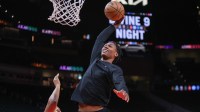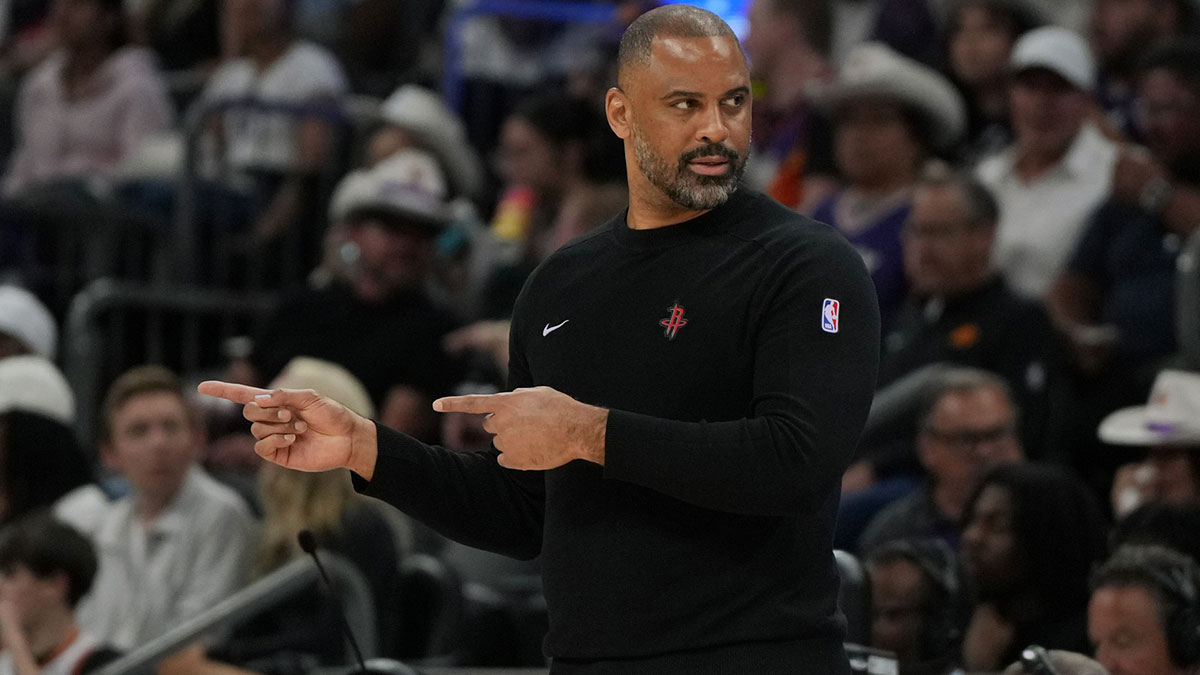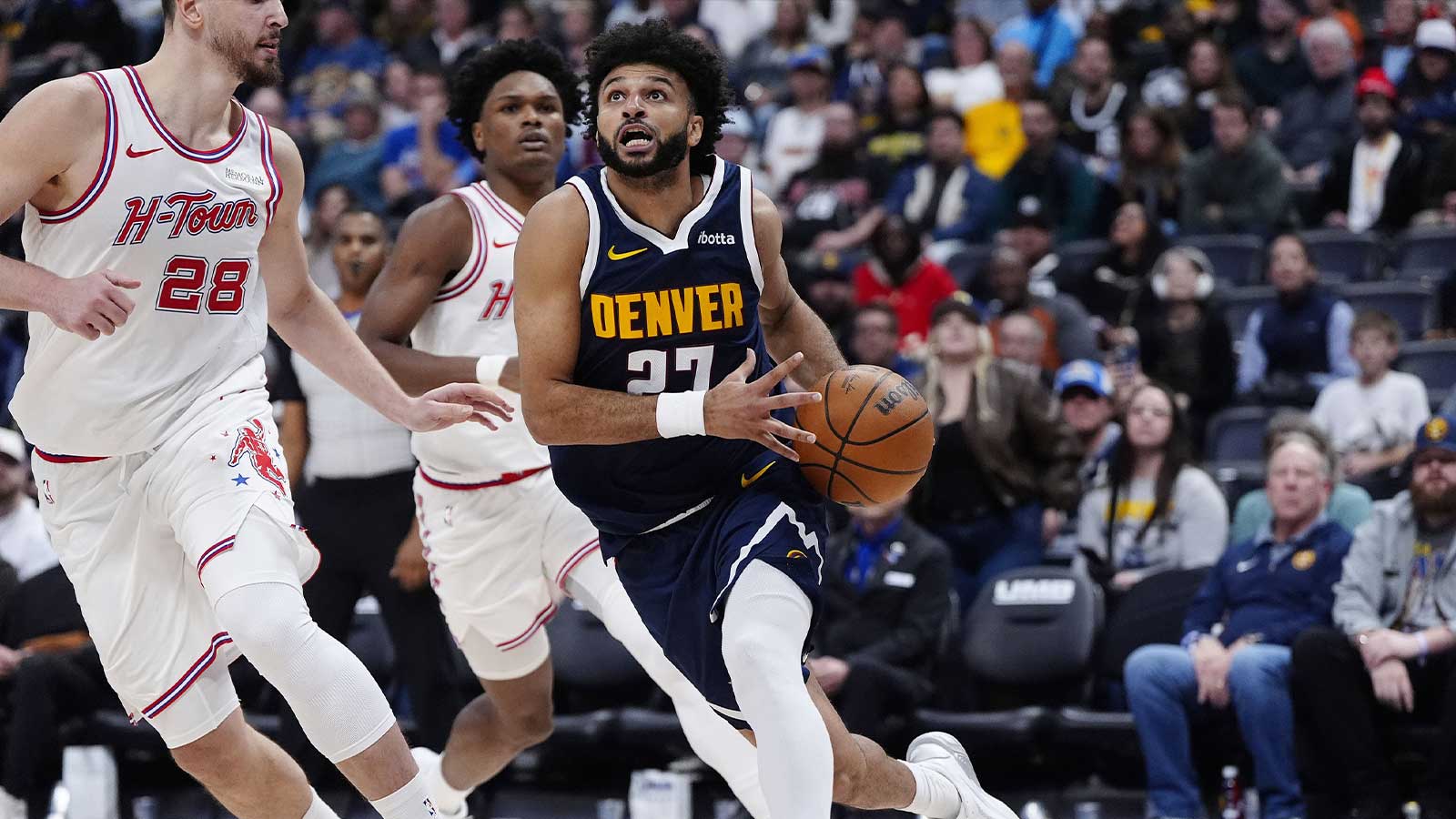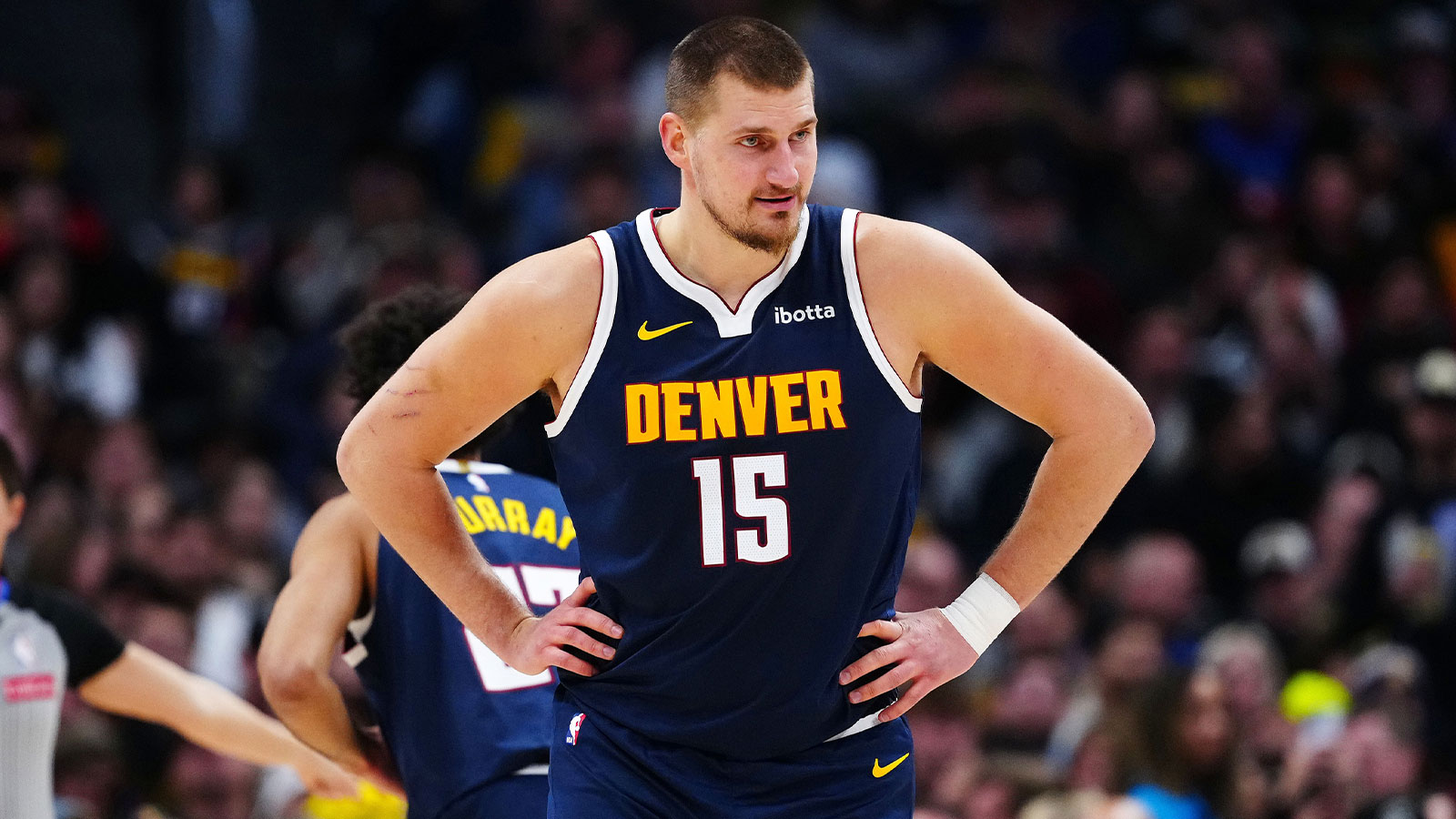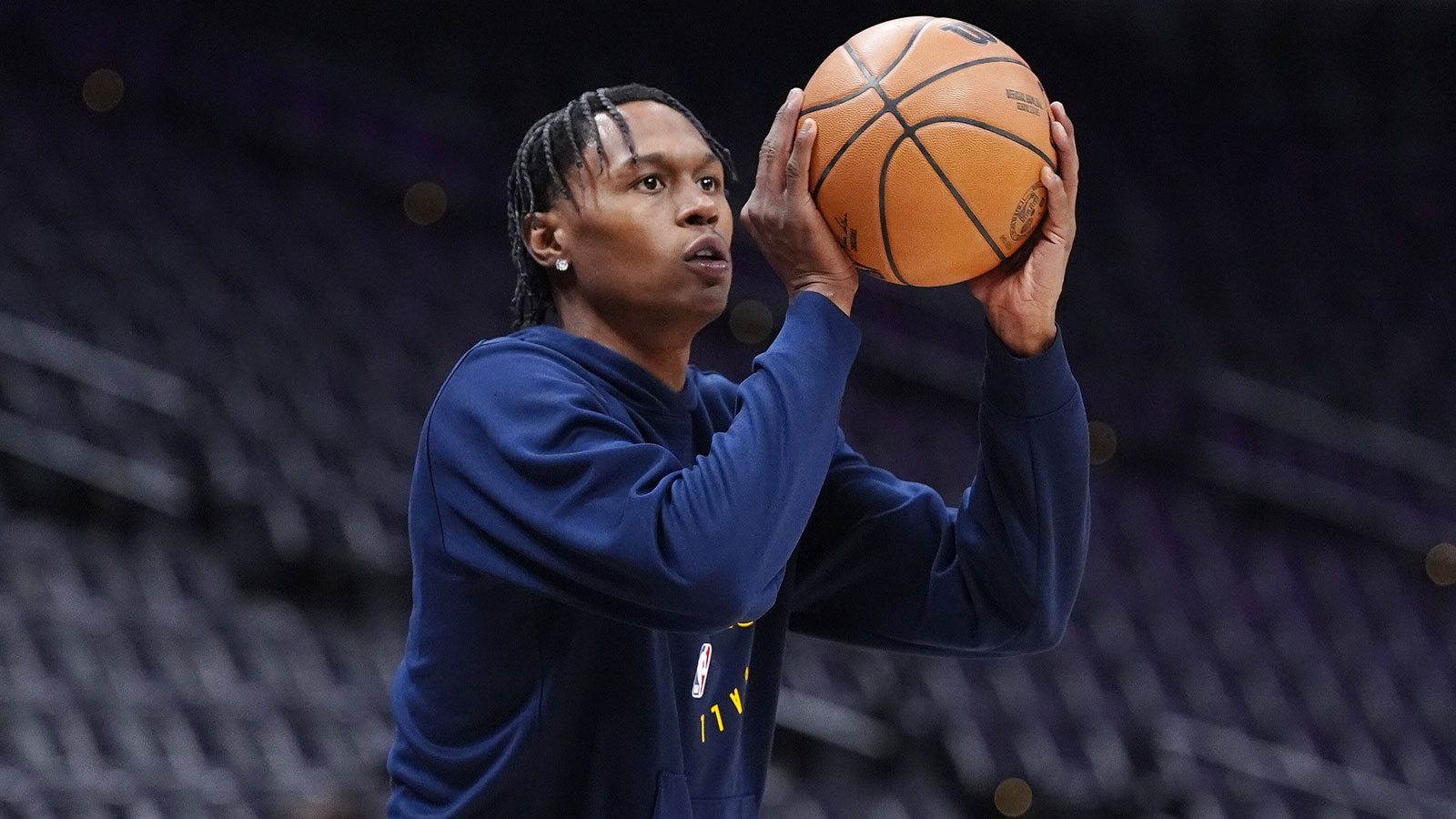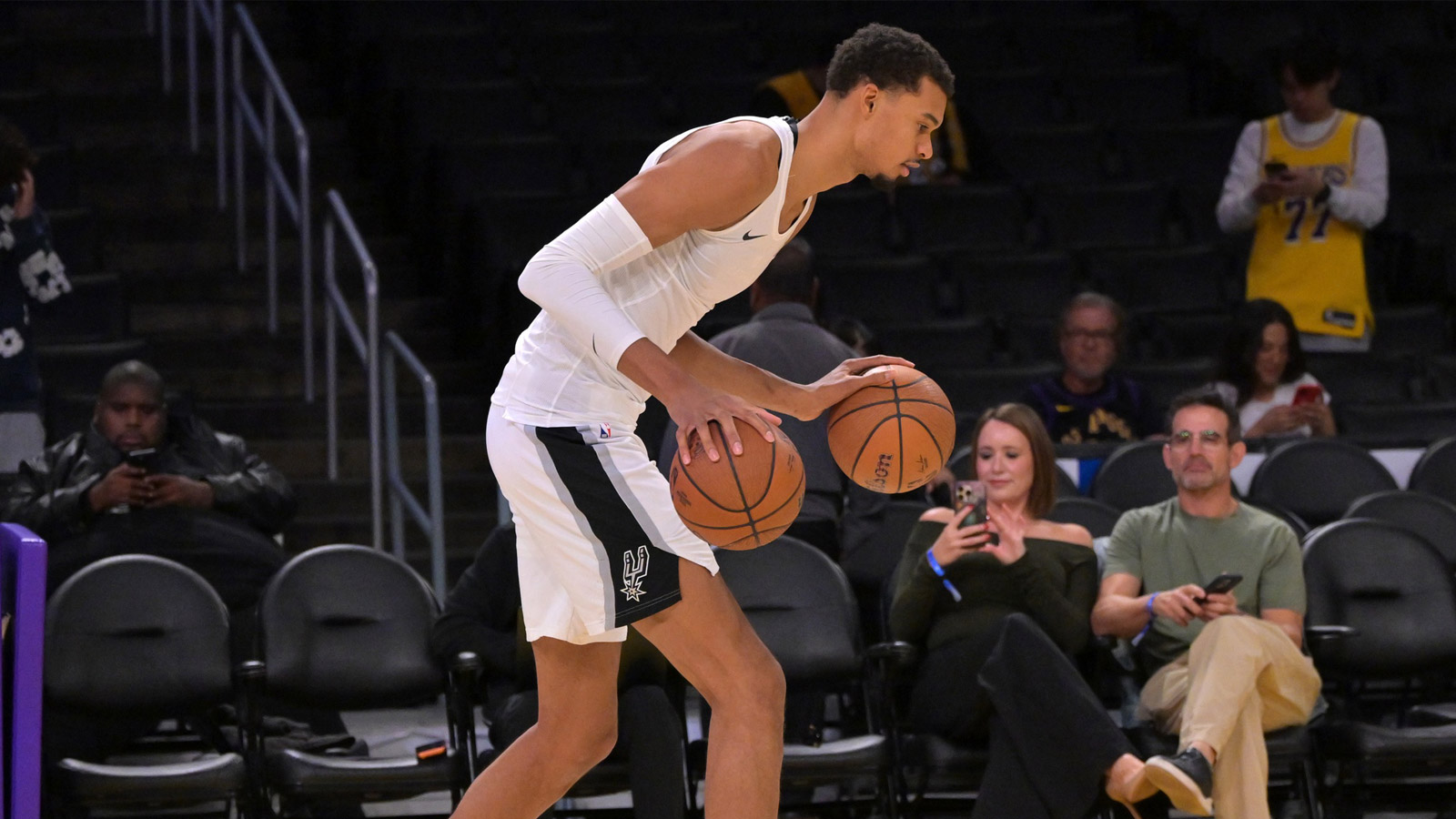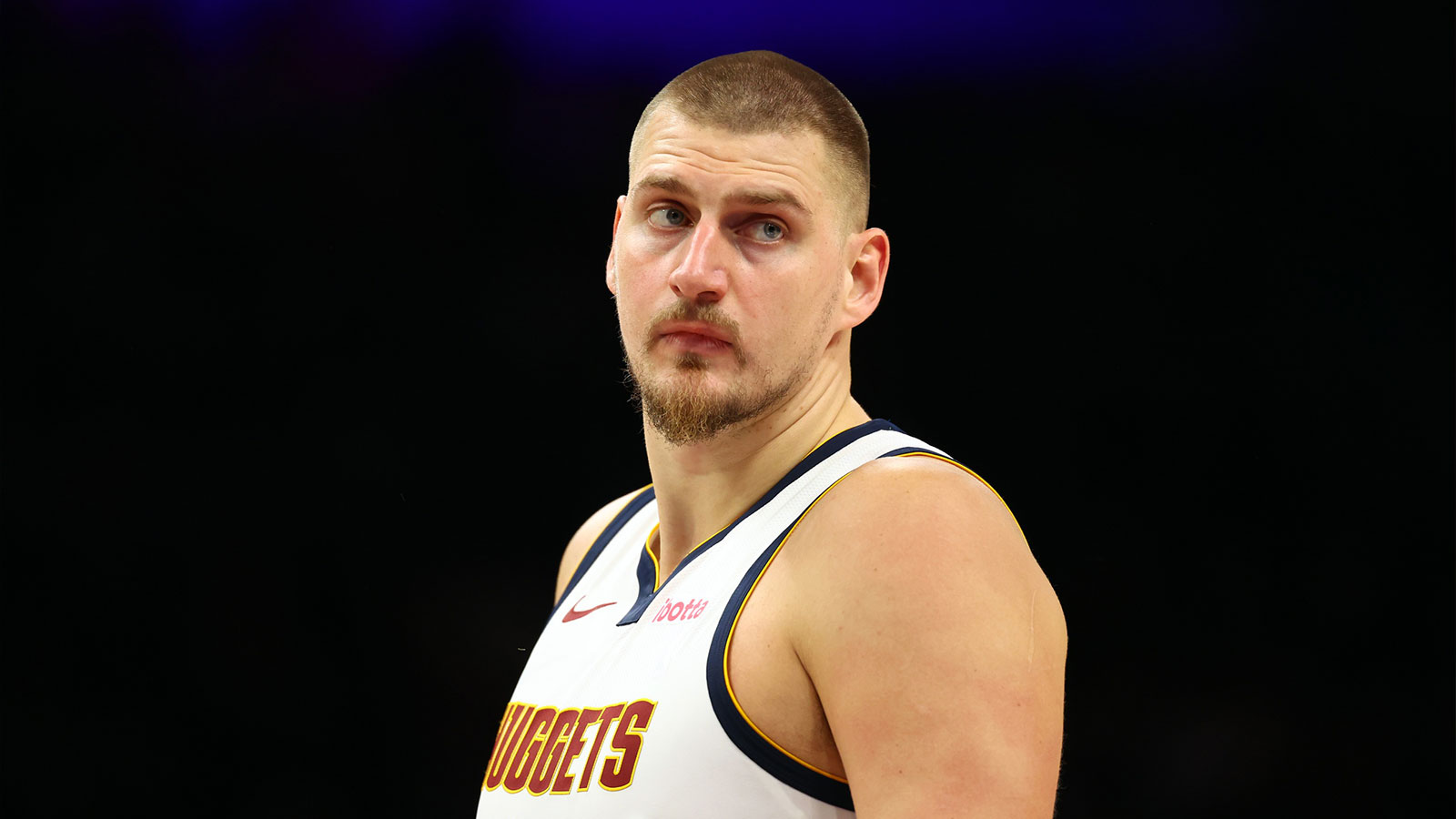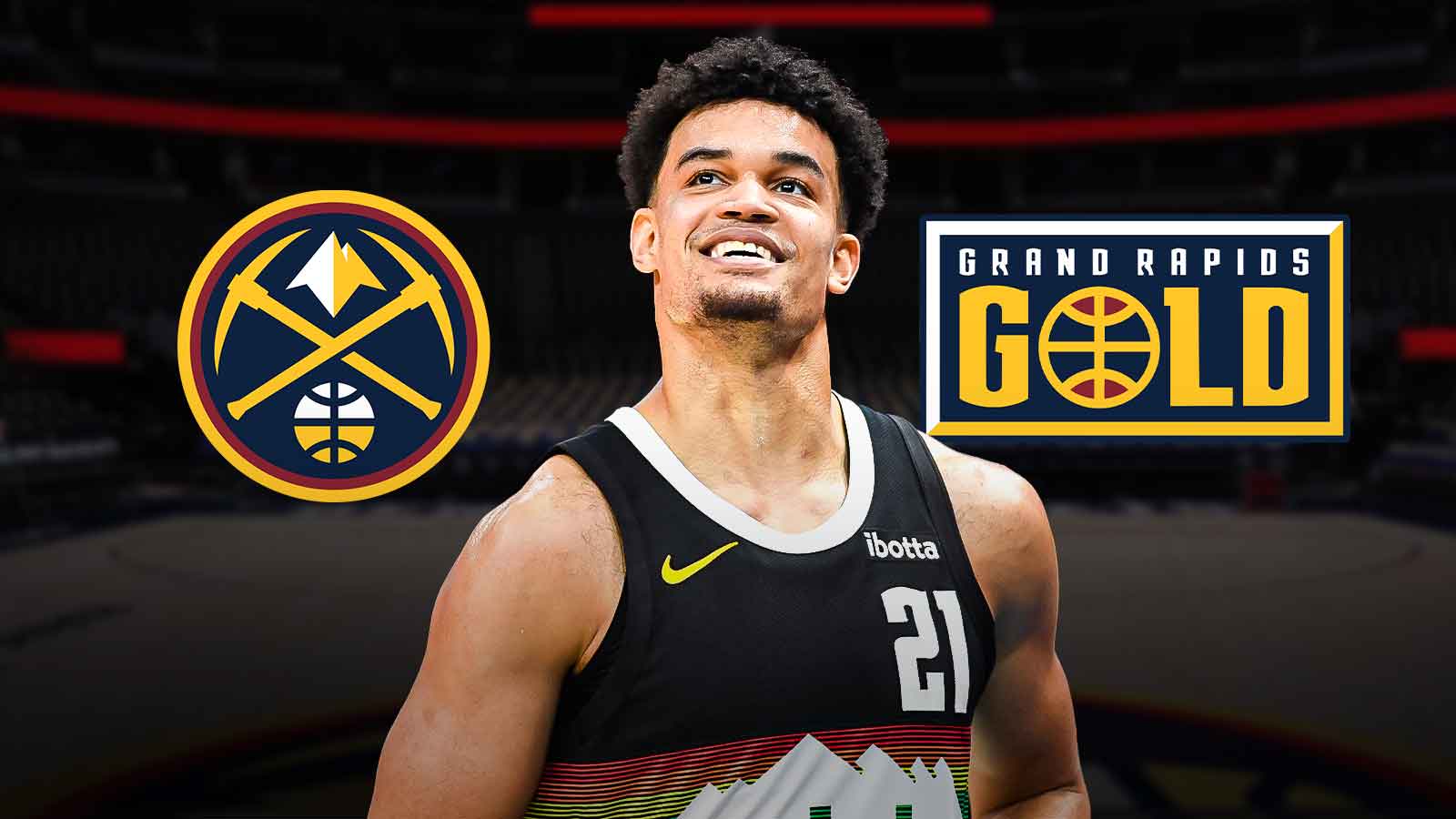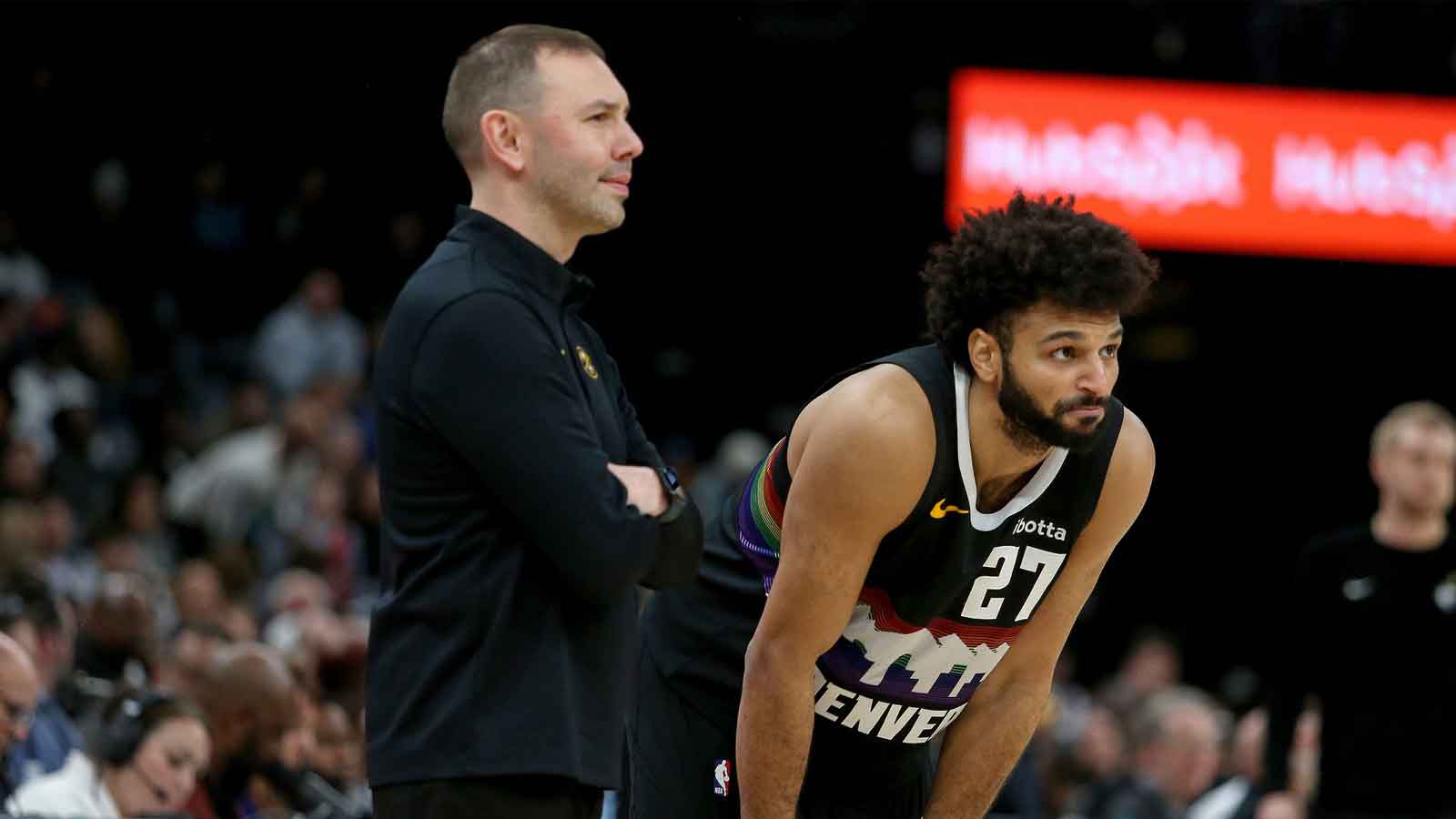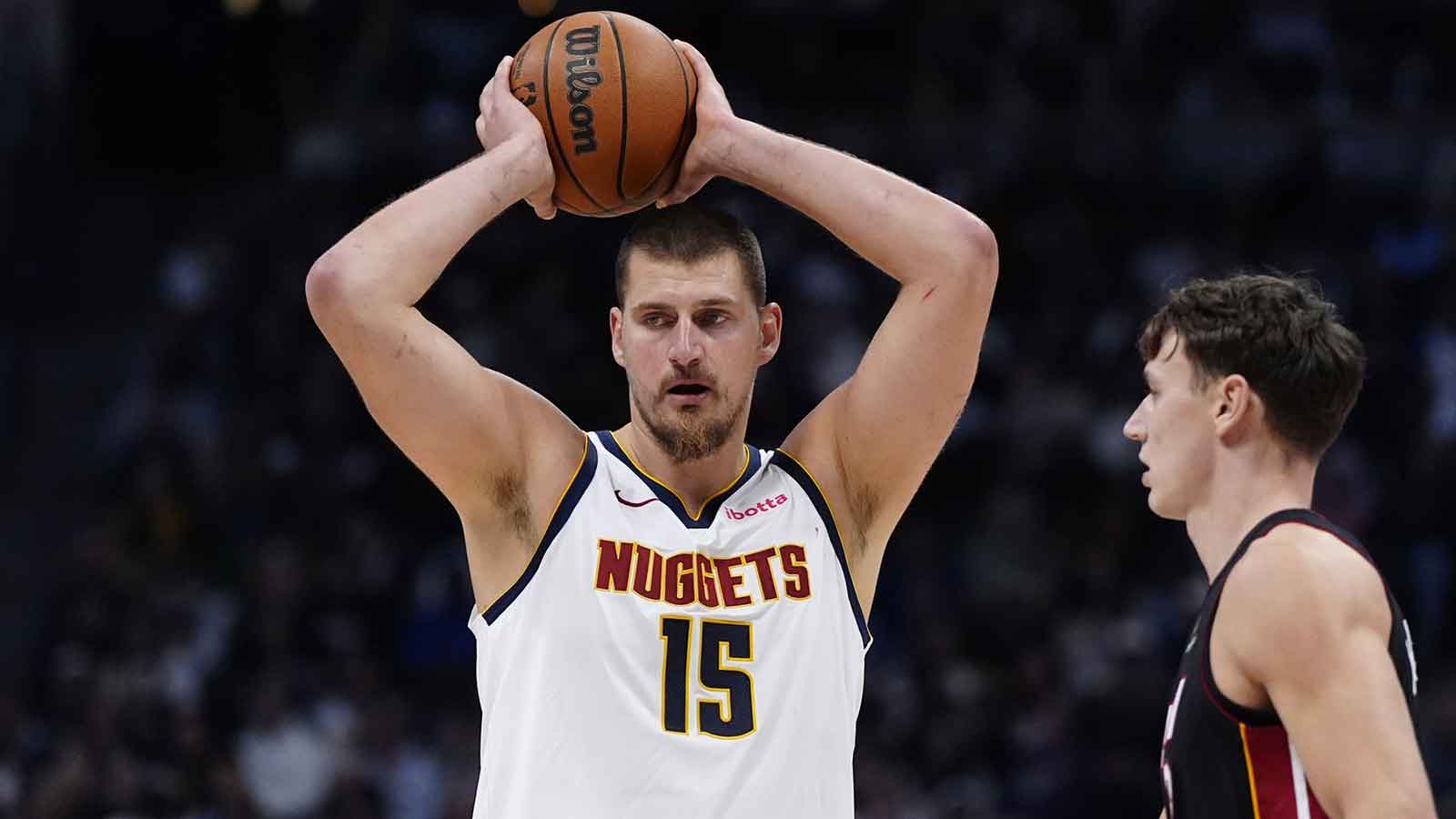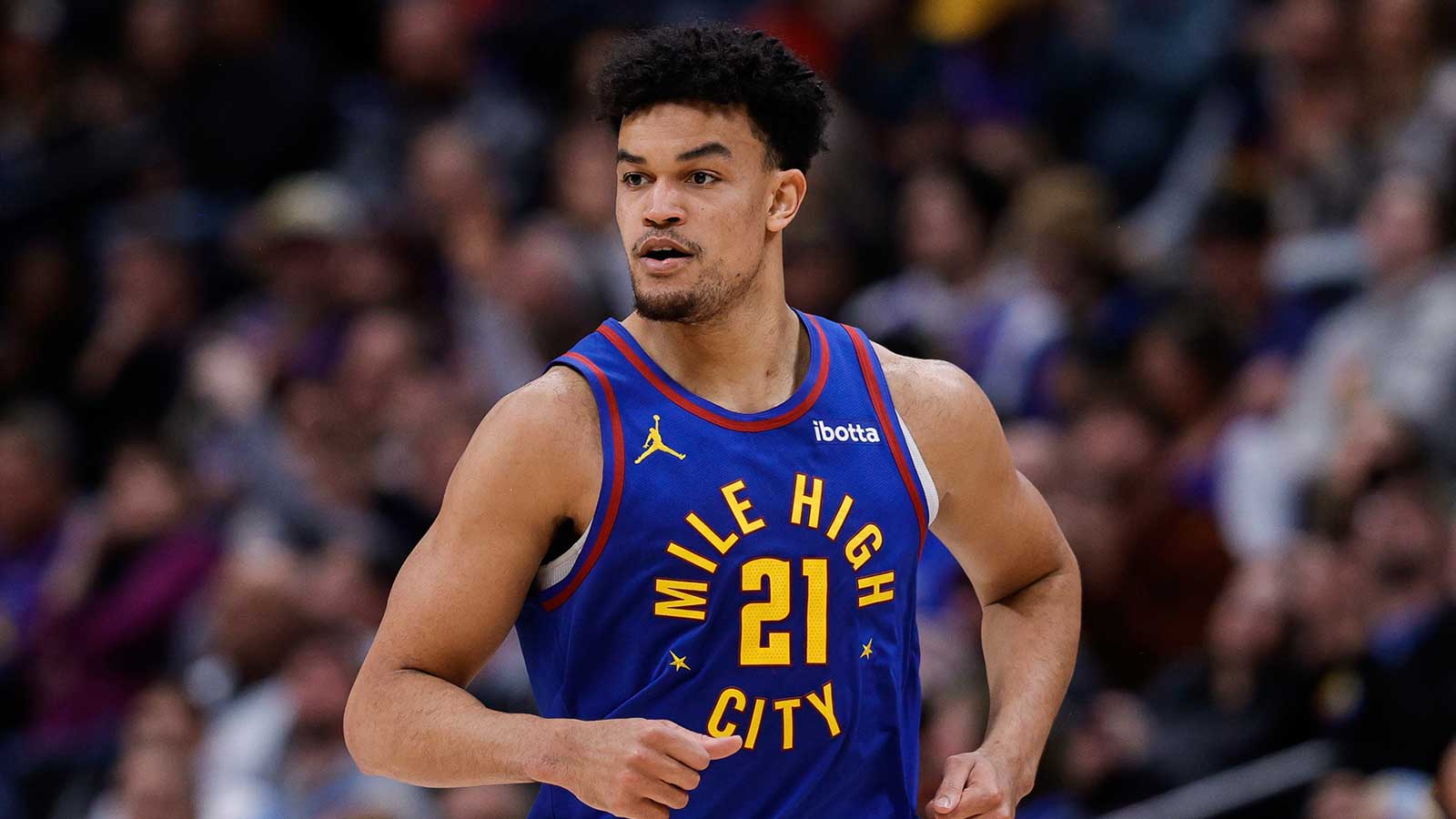Last season, the Denver Nuggets were within arm's reach of their first playoff appearance since 2013. Nikola Jokic emerged as a legitimate three-point threat, dominating with his unbecoming, plumber-like physique. Jamal Murray was fully healthy and nailed down the starting point guard gig while stealing headlines due to a budding rivalry with Lonzo Ball.
With a healthy Paul Millsap slated to provide his services for an entire 82-game haul, they might just finally punch their ticket into the postseason again. If or when they do, it's time Gary Harris, the third member of Denver's fascinating triad, was finally honored with a formal introduction.
Following a rookie season that saw him glued to the bench, struggling to win minutes in the Nuggets' overpopulated wing crop, Harris asserted himself as an integral part of the franchise's future in his second year.

Two more cycles of subtle yet genuine development led to his 2017-18 campaign, one in which he made known he’s no longer merely one of the league’s premier young shooting guards and instead, is simply one of the best.
Behind averages of 17.5 points, 2.9 assists, 2.6 rebounds and 1.8 steals on .485/.396/.827 shooting splits, there were few guards who engineered more efficient scoring seasons than Harris this past year. Take a look at this chart of his 2017-18 offensive Synergy profile, featuring eight of the 11 available playtypes in the database, which composed more than 96 percent of his usage. He ranks above the 50th percentile in each one and is among the top-30 percent in six of them:

Then, peep his shooting metrics courtesy of Cleaning the Glass:

Much of Harris' offensive value exists in the flexibility encapsulated by the Synergy spreadsheet shown above. He's proven to excel across the board, capable of altering his game to complement the lineups around him. After burying 42 percent of his threes in 2016-17, Harris saw a slight dip to 39.6 percent — albeit on 139 more attempts (255 to 394) — but remained a lethal spot-up shooter (191 possessions in 2016-17, 1.21 PPP, 91st percentile).
Perhaps the biggest growth in his offensive brigade was his implementation of the dribble handoff, a staple of most modern NBA schemes. After executing just 110 DHOs in 57 games (1.9 per night, 0.77 PPP, 30th percentile) in 2016-17, Harris was the league's pioneer with an NBA-high 3.7 per game last season. He's the running back of Denver's offense; its big men the quarterbacks, shoveling him the rock as he curls around the arc:
Along with his evolution as a halfback in sneakers, Harris also grew more comfortable as a playmaker last season. He was confident creating off the bounce for himself and others, harnessing his refined handle to patiently and methodically burn defenses. His pick-and-roll usage jumped from 95 possessions in 57 games to 154 in 67 games while his efficiency made a pogo-stick leap (37th to 73rd percentile; 0.81 PPP to 0.90).
While Harris unearthing some ball-handling responsibilities raises Denver's long-term ceiling, it's his off-ball precision that licenses Jokic and Murray to conduct the Nuggets train. He's a near-elite shooter in set actions and is also effective on the move, empowering his two teammates to primarily dominate the ball.
When he elects to operate inside the arc, his high-IQ cutting meshes well with Jokic and Mason Plumlee, two of the most skilled passing centers in the NBA:
Note how the threat of a dribble handoff provokes defenders to overplay the pass, prying open a lane backdoor to the rim. In addition to that puppeteer-esque manipulation, his steady rise to become one of the NBA's preeminent finishers allows him to convert around the tin, even if helpside rotations are crisp.
As a rookie, he netted just 41 percent of his attempts at the rim (seventh percentile among wings, per Cleaning the Glass); last season, that mark climbed to a career-high 69 percent (85th percentile). He boasts an array of finishing moves and has worked to fill out his once-wiry frame, now embracing contact in the paint.
Virtually every facet of Harris' offensive repertoire has improved since his rookie season. What's really unlocked his potential as a scorer, however, is the ability to create off the dribble. Last season, he jacked up a career-high 259 pull-up jumpers — his previous high-water mark was 141 — and connected on 40.9 percent of them, the second-best clip of his brief NBA tenure.
Furthermore, 68.9 percent of his buckets came via assists, which is the second-lowest mark in his four years, trailing only his rookie season, when he made just 66 field goals. He's emerged as a midrange maven — sometimes to a fault — having cashed 41.2 percent from that area in his career.
The 6-foot-4 wing snakes around ball screens and rises for pull-up jumpers; he plows into the lane and stops on a dime; he's developed a nasty step-back when going to his right.
Despite the remarkably efficient shooting spectacle last season, the best may be yet to come for Harris. Per Cleaning the Glass, 28 percent of his shot attempts came from the short/long midrange, up from 19 percent in 2016-17 and 22 percent in 2015-16. If he can return to that type of frequency, a 50-40-85 season — a feat achieved by just 17 players in NBA history (min. 60 games and 150 three-point attempts) — might be his reward.
Many consider Harris to be one of the best young 3-and-D wings in the league but for much of his career, the defensive impact has trailed behind the offensive one. Last season, however, Harris began to turn the corner.
It was the first time in four years the Nuggets were actually better defensively with him on the court as they registered a defensive rating of 107.5 with him in the fold and a 110.6 without him — the steepest on-off split of anyone on the roster. According to Jacob Goldstein's Defensive Player Impact Plus-Minus tool, which draws upon box-score data, on-off splits and net rating, Harris sported a mark of plus-0.1, the first time in his career it's been north of zero (his previous best was minus-1.1).
He swiped a career-high 122 steals last season, which bested his foul output (119), a rare accomplishment for perimeter defenders, let alone those who draw the toughest assignment most evenings. Not to be outdone, he also got a paw on a career-high 3.0 deflections per game, tied for 12th league-wide.
His quick hands and defensive savvy shined through last season. He appeared to loot steals within the flow of possessions more often, rarely occupying the passing lanes at the expense of defensive positioning:
The NBA is ripe with under-25 guard talent nowadays. Youngsters like Donovan Mitchell, Jamal Murray and Devin Booker have all garnered more fanfare than Harris thus far. Yet, as Denver appears to be mounting a return to the postseason, it's time he was mentioned in the same breath as those guys.
In a league enamored with out-of-nowhere leaps and growth curves, steady, year-to-year development has seemingly grown stale. Harris, meanwhile, has done just that, piling on new wrinkles to his craft each season. Nine months from now, when Harris is potentially locking up perimeter stars and scorching the nylon in his first taste of playoff ball, some might be quick to pin that out-of-nowhere label on him, too.
It wouldn't be fitting, though. Harris has always been there, hiding in plain sight.





